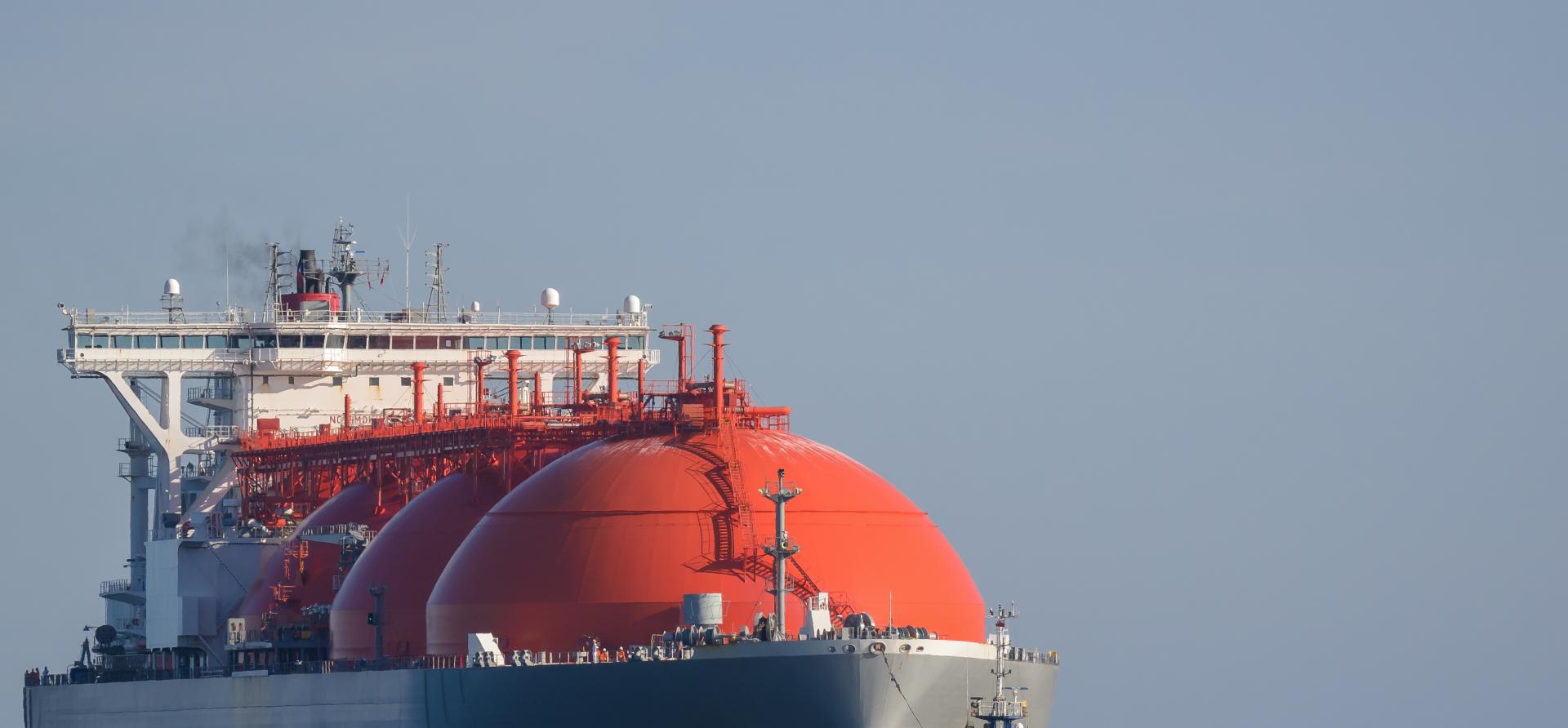Concerns about the U.S. LNG pause in Asia are overblown

Key Findings
The United States (U.S.) decision to pause permits for new liquefied natural gas (LNG) export facilities does not threaten Asia’s energy security or decarbonization goals.
The permitting pause does not affect U.S. projects already under construction, which will nearly double U.S. LNG export capacity. The world is on pace for record increases in global LNG supply this decade, indicating there will be plenty of LNG to go around.
Meanwhile, the largest U.S. LNG customers — Japan and South Korea — are set to dramatically reduce LNG demand. The largest buyers from new U.S. projects are oil and gas traders, not end users in Asia.
Last week, the United States (U.S.) announced a pause on permits for new U.S. liquefied natural gas (LNG) export facilities. The move sparked outcry among industry groups in Asia, which quickly declared the move would hurt the region’s energy security and climate goals. However, their concerns are unfounded for five simple reasons:
First, the decision does not affect U.S. exports from existing or under-construction facilities. The U.S. is currently the largest LNG exporter worldwide and has the most capacity under construction. Five projects are currently being built, which would nearly double U.S. LNG exports this decade.
The U.S. decision does not affect these projects and only applies to proposed facilities seeking export authorizations from the U.S. Department of Energy. Most of the impacted projects were in the very early stages of development, and none have secured contracts with customers for over 50% of their capacity.
Second, there will be plenty of LNG to go around. The world is on pace for record increases in global LNG export capacity this decade, and the Institute for Energy Economics and Financial Analysis (IEEFA) anticipates that the incoming flood of supply is likely to result in a global glut. In 2026 alone, the world could see a 13% increase in LNG supply capacity — the largest annual increase in history — much of it from the U.S. and Qatar. The U.S. permitting pause will do nothing to ease this glut or prevent already under-construction capacity from entering the market.
The flood of supply coming online also means that countries are unlikely to buy more Russian LNG because of the U.S. decision. Historically, the largest competitors for U.S. LNG in Asia have been Qatar, Australia, and Malaysia. These countries supplied 67% of China’s LNG imports in 2023, compared to just 4% from the U.S., and are likely to continue being the dominant suppliers to Asian markets. For example, Bangladesh finalized a 15-year deal to buy Qatari LNG just days after the U.S. announcement.
Third, the U.S.’s largest customers, Japan and South Korea, are set to dramatically reduce their LNG demand. In 2023, Japan’s LNG demand fell 8% and has declined at an average rate of 3% since 2014. IEEFA estimates that higher nuclear and renewable power generation could cause Japan’s LNG demand to fall by 27 million tons by 2030, nearly a third of its current imports. Many Japanese gas and power utilities have publicly acknowledged that they are likely to have excess LNG due to declining domestic demand. JERA, for example, has said it expects to divert supplies to other countries. Many Asian utilities have opened trading desks in Europe, hoping to trade more LNG rather than supply home markets.
South Korean LNG demand fell 4% in 2023. The country’s climate and energy targets suggest LNG demand could fall 20% by 2036, as LNG is displaced by increases in renewable energy. From 2021 to 2023, operating losses at Korea’s state-run power utility totaled over US$35 billion due to high LNG and other fossil fuel prices, adding financial impetus to reduce LNG dependence.
Fourth, LNG is just as harmful to the climate as coal. Arguments that the U.S. decision will harm Asia’s climate goals are founded on the false narrative that LNG is cleaner than coal. In fact, methane — the main component of natural gas and LNG — is a significantly more powerful greenhouse gas than carbon dioxide. At leakage rates of just 0.2%, natural gas can be as harmful to the climate as coal. In the U.S. Permian basin, leakage rates may reach upwards of 9%.
Moreover, natural gas is not meaningfully displacing coal in Asia. In China, for example, natural gas and coal demand have increased in lockstep, since the fuels perform separate functions in the energy mix. As a cheaper fuel source, China consumes coal in energy-intensive industries such as electricity, cement, and steel, whereas natural gas serves more specialized roles. Elsewhere in Asia, net-zero goals leave no room for unabated coal or LNG. Utilities like Tokyo Gas have recently allowed LNG supply deals to expire, recognizingthe need to decarbonize.
Fifth, the largest LNG buyers from new U.S. projects are LNG traders, not end users in Asia. After Russia’s invasion of Ukraine, LNG traders made fortunes selling shipments to Europe. Since then, oil and gas majors and commodity traders have gobbled up LNG supplies from new projects and opened trading desks in target markets, hoping to maximize returns from LNG resales. In some cases, entire LNG export projects have been built solely based on purchase commitments from traders. In the U.S., estimates suggest that two-thirds of the export capacity already under construction will go to traders, not end buyers in Asia and Europe. These companies are effectively betting on their ability to resell LNG volumes at a markup over the long term.
In other words, it’s not Asia’s energy security and climate goals at risk from the U.S. decision, it’s the global oil and gas industry’s unquenchable thirst for profit.















